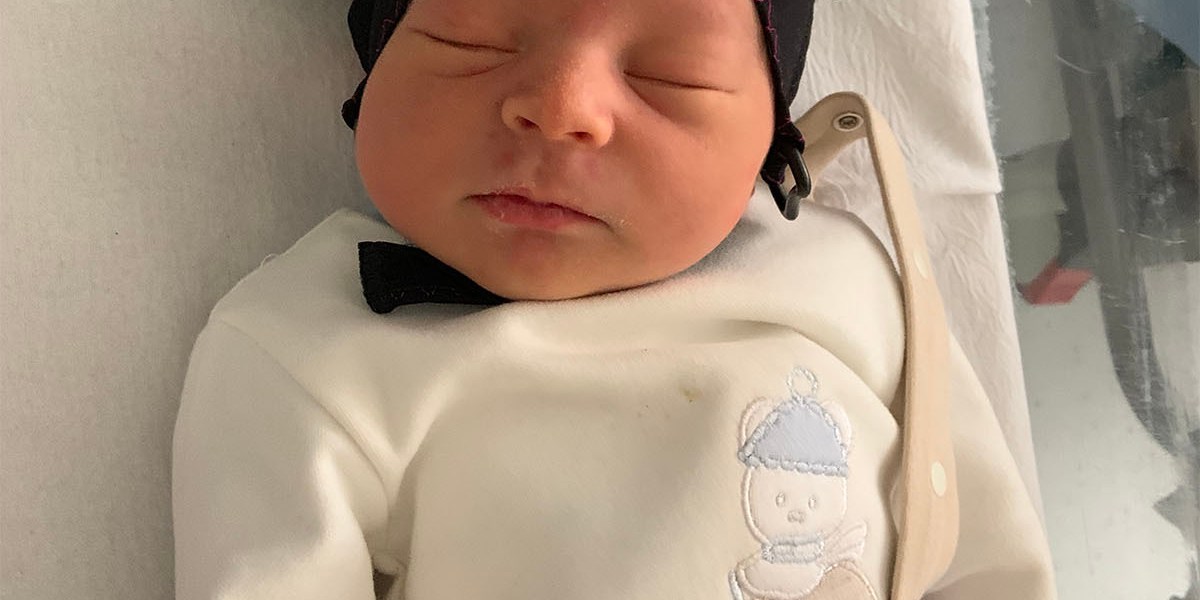
Later, when Austin and his team analyzed snapshots of the recordings, they noticed differences in the brain during active and quiet sleep. During active sleep, when the babies were more fidgety, brain regions in the left and right hemispheres seemed to fire at the same time, in the same way. This hints that new, long connections are forming all the way across the brain, says Austin. During quiet sleep, it looks as though more short connections are forming within brain regions.
It’s not clear why this might be happening, but Austin has a theory. He thinks that active sleep is more important for preparing the brain to build a conscious experience more broadly—to recognize someone else as a person rather than a series of blobs and patches of color and texture, for example. Various brain regions need to work together to achieve this.
The shorter connections being made during quiet sleep are probably fine-tuning how individual brain regions work, says Austin: “In active sleep, you’re building up a picture, and in quiet sleep [you’re] refining things.”
The more we know about how healthy newborn brains work, the better placed we are to help babies who are born prematurely, or who experience brain damage early in their lives. Austin also hopes to learn more about what each phase of sleep might be doing for the brain. Once we have a better understanding of what the brain is doing, we might be able to work out when it is safest to wake the baby for feeding, for example.
Austin envisages some kind of traffic light system that could be placed close to a sleeping baby. A green light might signal that the baby is in an intermediate sleep state and can be awakened. A red light, on the other hand, might indicate that it’s best to let the baby stay asleep because the brain is in the middle of some important process.
I’ve tried to do something similar with my own kids. A cloud-shaped toy in their room turns green and plays a song when it’s safe to wake Mummy. The cloud is ignored. Unfortunately, once their brains are ready for wakefulness, they don’t seem to mind that mine isn’t.
Read more from Tech Review’s archive:
“This kid is squealing like crazy. The mom is nervous. The whole thing is stressful.” Rachel Fritts explores just how tricky it is to study babies’ brains in fMRI scanners in this piece from last year.
A fetus can start to hear muffled sounds from 20 weeks’ gestation. The poor quality of these sounds might be essential for early brain development, writes Anne Trafton.
